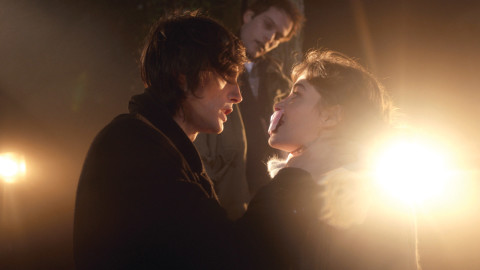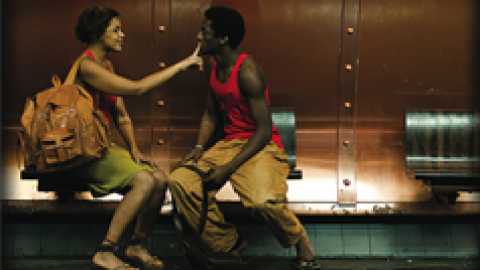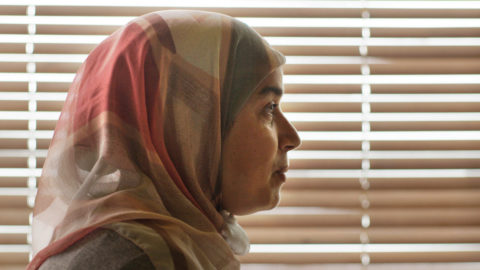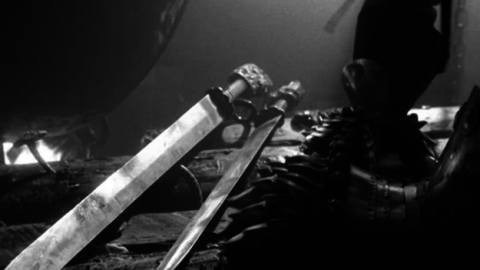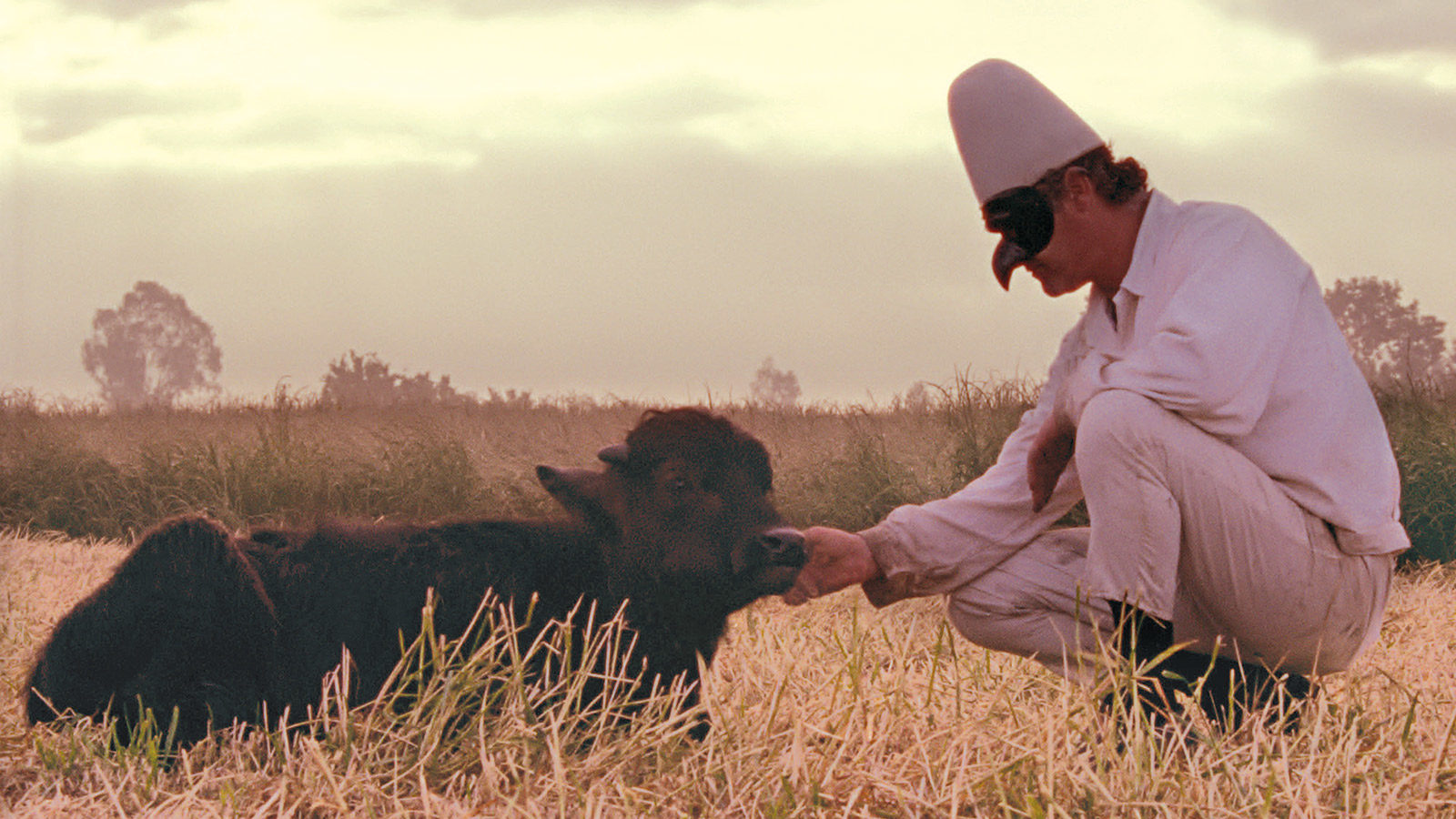
Hot Property: Lost and Beautiful
Among the many other things Miguel Gomes’s Arabian Nights did, it helped refresh the context for an elastic art film like Pietro Marcello’s Lost and Beautiful. Layering together the past, the present, and the timeless world of nature, Marcello fuses styles to explore Italy’s bucolic traditions and fragile but enduring cultural legacies. The movie began as a documentary looking at a Campanian shepherd who voluntarily played caretaker to a grand, vacant castle left to looting and ruin. But upon his subject’s death before the film’s completion, Marcello simply and lyrically let another story bloom by tapping another tradition: commedia dell’arte, through the character of Pulcinella, who is summoned up as protector to the shepherd’s abandoned buffalo calf.
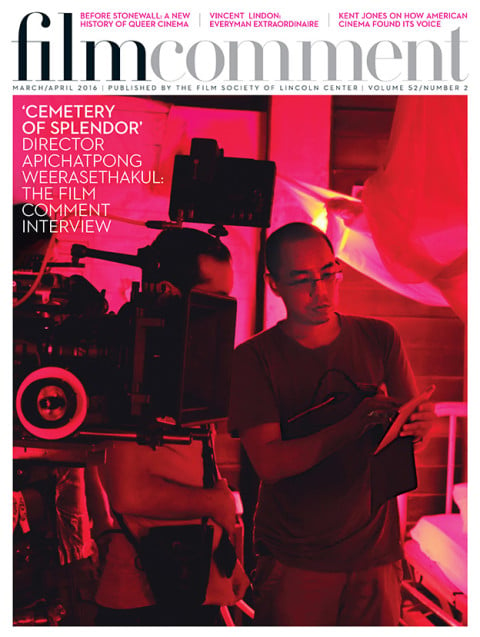
The tale that grows is a slim, wandering one, as Pulcinella leads the animal to a suitable home. Lost and Beautiful, which some critics have connected to the lineages of both Pasolini’s neorealism and Italian painting, finds cinematic force in its fanciful telling—from the arresting iconography of Pulcinella’s black carnival mask and white togs, to the use of a reflective voiceover for the buffalo, to the free interpolation of news footage concerning the castle, to the storybook agrarian landscapes. Kicking off with POV camerawork for the buffalo and the amusing and estranging introduction of Pulcinella in an elaborately art-directed afterlife, the film sets its strange fairy tale into motion with bracing and heedless dedication.
Sales Agent: www.cinecitta.com
IN FOCUS: Lost and Beautiful screens in New Directors/New Films on March 23 & 24.



